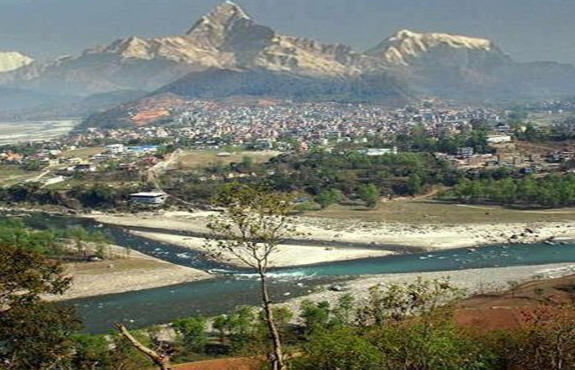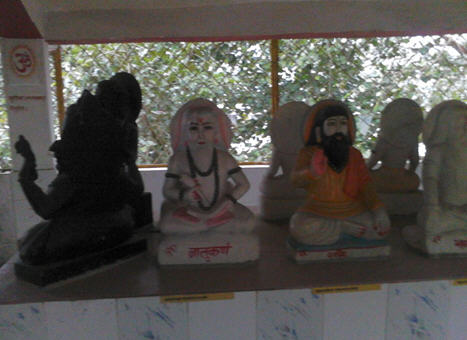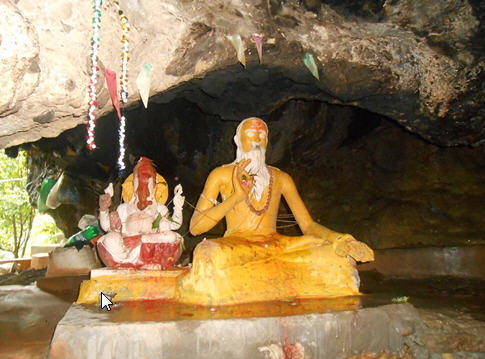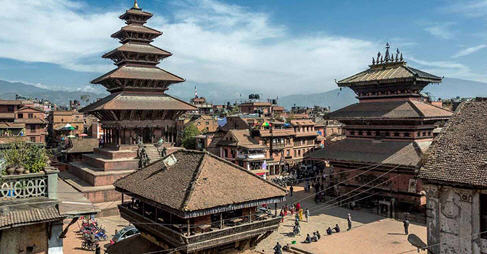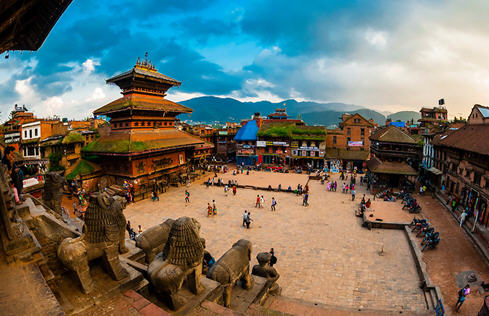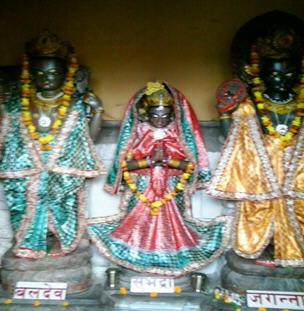
Ridi is a suburb with population of about two thousand people. It lies at the confluence of a mountain stream called Ridi Khola and the river Kali Gandaki. At this place, Kali Gandaki changes its route from north west to east. A track of about 10km leads the travelers from Tansen to Ridi. It is situated in a deep narrow valley. There are many historic temples here. Most famous of them is the temple of Rishikesh established by Mukund Sen, the first king of Palpa. It is said that the king discovered the deity of God Rishikesh in the river kali Gandaki when he had a holy dip into it. This holy place is compared with the holy place of Varanasi.
There is a beautiful story about the sanctity of Ridi and origin of the deity Rishikesh. It is said that in ancient times there lived a Brahmin named Devdutta. He meditated for a long time, but Indra for some reason or the other wanted to break his meditation and accordingly sent for Kamdev, spring season, divine singers and angels and ordered them to go to Devdutt’s ashram. They were ordered by Indra to cast a spell on Devdutta and thus break his meditation. They came to Devdutta’s beautiful hut, and in their different ways tried to distract him. The beautiful Pramalocha with other beautiful singers from heaven burst into song, and Kamdev too began to cast his spell on him.
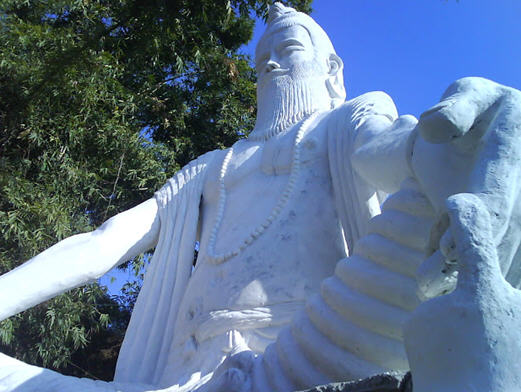
Suddenly, in the enchanting forest, Devdutta saw the bewitching Pramalocha, and was at once attracted towards her. He lost control of himself and fell madly in love with her. In this way, Devdutta fell prey to Indra’s schemes, and it was only after a long time that he came to his senses. He deeply repented for what he had done and ultimately decided to punish his sinful body in strict penance. He left his beautiful hut, crossed the Kali Gandaki river and once more sat in meditation at Bhrigutung, in strict devotion to the Lord Shiva. After many days the Lord Shiva appeared to him and said “ Since you distinguished between me and the Lord Vishnu, that is why your previous meditation was unfruitful. Actually there is no difference between us; we are both one and the same, only different names. So if you sincerely meditate, your meditation will be rewarded in the end. Many Shiva lingas will appear and this place will be called “Sangam”. Those who come here and bathe in the Gandaki and worship these lingas will be blessed”. Thus Devdutta meditated accordingly and in the end achieved salvation. This place of meditation still exists, and is today know as Bhrigutungeshwar.
On the other hand, Pramalocha became pregnant, and bore Devdutta a daughter, and immediately left for her heavenly abode. Without any parents, this girl child was suckled and brought up by a particular kin of deer called “Ruru” and so the child in turn was also named Ruru.

She grew up into beautiful maiden and rejecting offers of marriage, decided on strict meditation and worship of the Lord Vishnu. After a hundred years of meditation, she was so much in control of her senses that Lord Vishnu appeared before her. So Lord Vishnu asked her: “What wish do you want me to grant you:, and she replied “ My Lord if it pleases you, stay in this place (Ridi) as you appear before me now”. Lord agreed and manifested into a deity form of huge Shaligram shila. She then asked the Lord Vishnu to purify her and to name the place after her, so that it would become famous later on . This too was granted. From then on, the place became widely known as Ridi or Ruru. Thus, the Rishikesh Temple beside the Gandaki river is widely worshipped. Rishikesh means controller of the senses, and since the Lord Vishnu appeared on account of control of Ruru’s senses so that she could see him, he is known as Rishikesh”
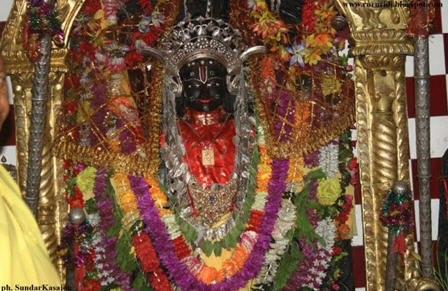
This is mentioned in Varah purana and happened long before in age of Satya yuga. This deity in due course of time got lost. Few hundred years back in Kaliyuga, King Maniman received a dream of Deity who told him to reinstall his worship after removing him from Gandaki river where he lies submerged. King then went and dipped in river and found the deity. Thus built a beautiful temple and established the worship.




